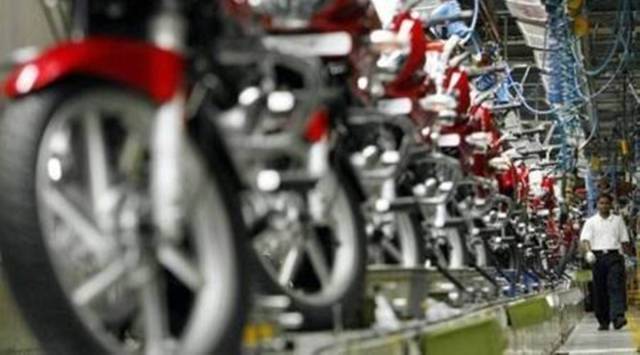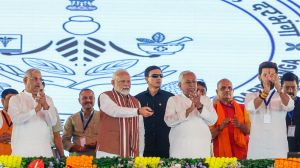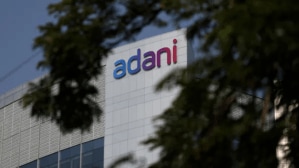Fewer pucca houses, higher two-wheeler ownership during pandemic: ASER 2022 Report
While nearly every parameter improved considerably between 2010 and 2018, the survey captures a distinct impact of Covid-19 on the financial health of families and delivery of government services between 2018 and 2022, with the markers of growth hitting a slump during this period.
 In sharp contrast, between 2018 and 2022, the share has risen to 78.3 per cent, showing an increase of 6.8 percentage points. While these may reflect the impact of the pandemic on administrative work and service delivery, the survey also picked up signs of a squeeze in income levels.
In sharp contrast, between 2018 and 2022, the share has risen to 78.3 per cent, showing an increase of 6.8 percentage points. While these may reflect the impact of the pandemic on administrative work and service delivery, the survey also picked up signs of a squeeze in income levels.
Apart from shining a spotlight on the state of school education, the latest round of Annual Status of Education Report (ASER) also provides insights on material improvements in rural India, with more families moving into pucca houses having toilets and electricity and owning two-wheelers.
While nearly every parameter improved considerably between 2010 and 2018, the survey captures a distinct impact of Covid-19 on the financial health of families and delivery of government services between 2018 and 2022, with the markers of growth hitting a slump during this period.
Consider this: Between 2010 and 2014, the proportion of households having a pucca house, as captured by the field surveyors of ASER, rose from 31.8 per cent to 47.3 per cent. It further rose 7.8 percentage points between 2014 and 2018, settling at 55.1 per cent.
However, between 2018 and 2022, the increase was of 1.7 percentage points only. According to the latest round of ASER, which covered 3.74 lakh households across 19,060 villages in 616 districts, 56.8 per cent households were found residing in pucca houses in 2022.
While Kerala leads the chart with 91.5 per cent households residing in pucca houses, northeastern states such as Tripura (12.6 per cent), Arunachal Pradesh (18.7 per cent), as well as socio-economically backward states such as Jharkhand (34 per cent), Bihar (49 per cent) remain far behind.
There are more indicators such as households having a toilet. Between 2010 and 2014, the share of households having a toilet rose from 40.8 per cent to 45.4 per cent. Over the next four years, the share rose by 26.1 percentage points, touching 71.5 per cent, as the government rolled out Swachh Bharat Abhiyan.
In sharp contrast, between 2018 and 2022, the share has risen to 78.3 per cent, showing an increase of 6.8 percentage points. While these may reflect the impact of the pandemic on administrative work and service delivery, the survey also picked up signs of a squeeze in income levels.
The proportion of households owning a television set rose from 49.5 per cent in 2010, to 55.8 per cent in 2014. It further rose to 62.5 per cent by 2018, as the trend of a steady growth appeared to sustain for nearly a decade. But between 2018-2022, it hit a bump, rising by 0.3 percentage points to 62.8 per cent.
The parameter of households owning a motorbike bucked the overall trend though, with the corresponding share rising from 34.9 per cent in 2014 to 45.2 per cent in 2018. Rising by over 10 percentage points in the last four years, it settled at 55.4 per cent in 2022.
The reach of electricity connection, and its availability, has also risen significantly in the last 12 years, shows the report. The percentage of households having an electricity connection was 70.6 in 2010, 80.5 in 2014, 90.9 in 2018 and 94.6 in 2022. On the day of their visit, surveyors found power was available in 93.5 per cent households in 2022, compared to 90.4 per cent in 2018, 86 per cent in 2014 and 61.3 per cent in 2010.





- 01
- 02
- 03
- 04
- 05


























